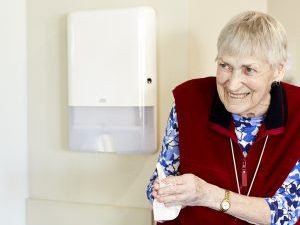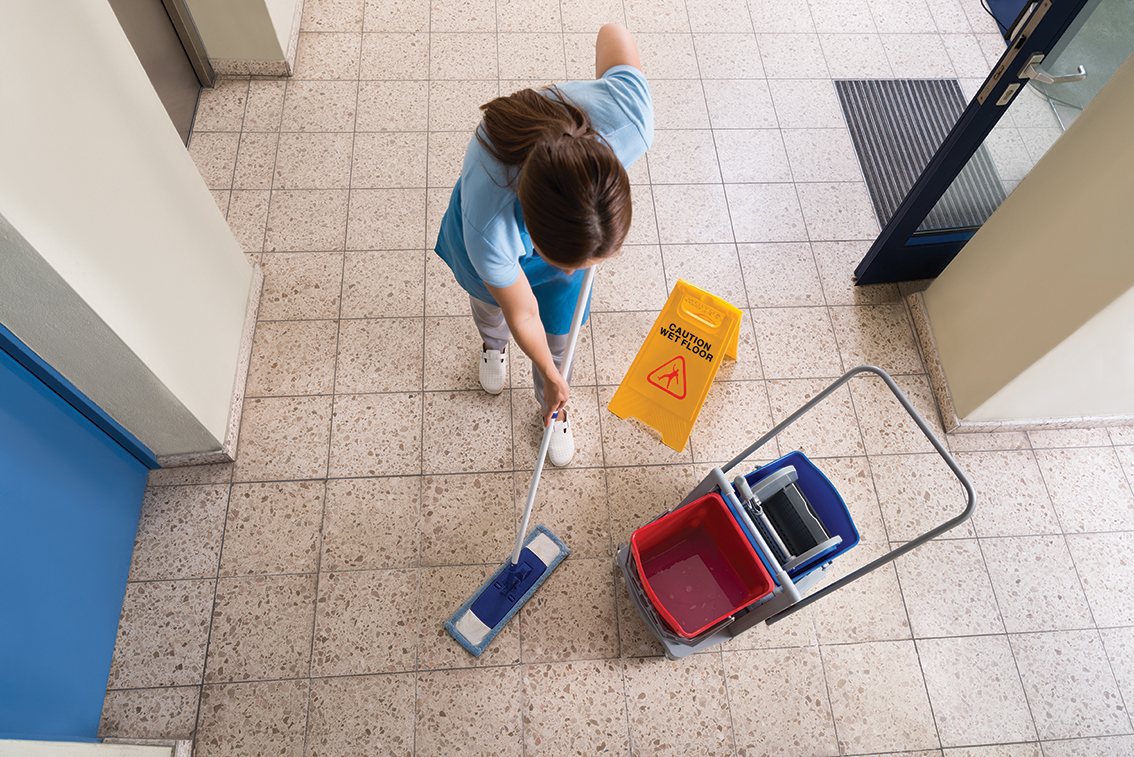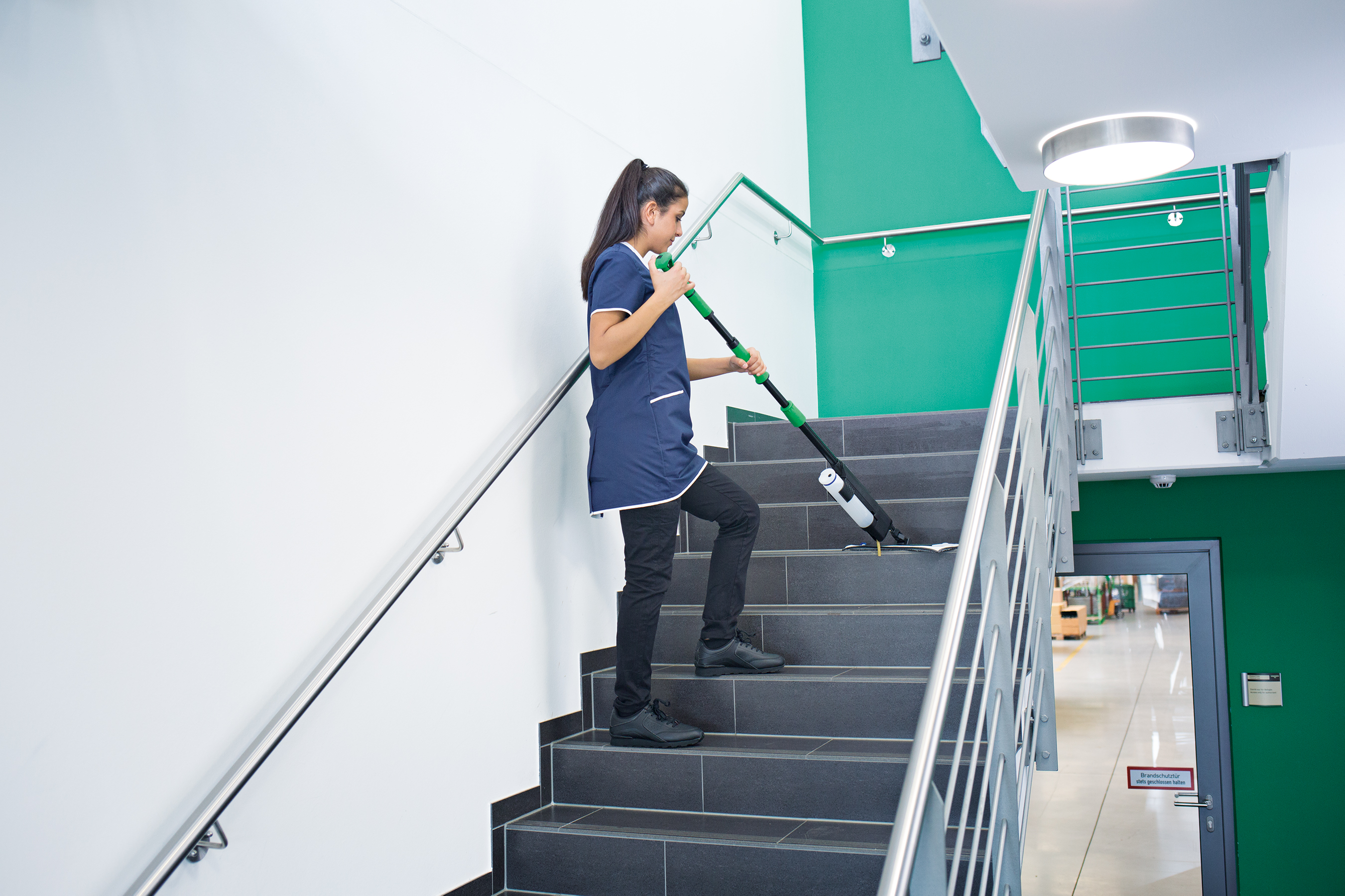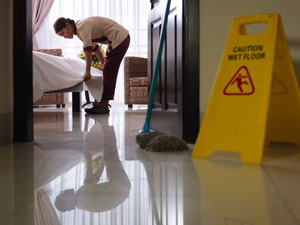
Cleaning services providers have been urged to reevaluate their operations including staffing levels amid the Royal Commission into Aged Care Quality and Safety.
Speaking at the ISSA Cleaning & Hygiene Expo on the Royal Commission, Thomson Greer associate Matthew McMahon, said cleaning standards have been a “blind spot” of the investigation, however, believes infection prevention processes should be examined.
“Every aged care facility relies heavily on cleaners and cleaning products to operate on a day-to-day basis,’ McMahon said, urging cleaning services providers to examine current staffing levels.
“The [Royal Commission] recently heard evidence from a cleaner that she was unable to clean a specific number of rooms within the time frame given her to.
“The Commission found that by her giving evidence it was clear she was not able to complete all of her duties.
“Cleaning providers need to ensure there are sufficient staff to do the tasks required by them,” McMahon said, noting the new aged care quality standards.
The new standards and single charter cover all aged care services including residential services, home care, short-term restorative care, the Commonwealth Home Support Program and the National Aboriginal and Torres Strait Islander Flexible Aged Care Program.
The standards, which replace the four previous sets of aged care standards, apply to all service settings
Cleaning and infection prevention is particularly relevant to standards on consumer dignity and choice (1), organisational governance (8), the organisation’s service environment (5), services and supports for daily living (4) and personal care and clinical care (3).
Standard 5 specifically requires aged care providers to demonstrate that their service environment is safe, clean, well maintained and comfortable; and enables consumers to move freely, both indoors and outdoors; and that furniture, fittings and equipment are safe, clean, well maintained and suitable for the consume.
“[Cleaning] has so far been a blind spot of the Royal Commission. Aged care facilities have given copious amounts of evidence, but cleaners work there every day and the job they do is so important, so it’s important that is also investigated.”
Survey finds under-staffing a top issue
It follows the release of a research report by academics from UNSW, Macquarie University and RMIT of aged care workers earlier this month, Meeting the social and emotional support needs of older Australians using aged care services.
The survey, understood to be the largest of its kind on the aged care sector, involved 4138 residential aged care staff aged 18-59 including personal care workers, advanced skilled carers, nursing assistants, enrolled nurses, kitchen and catering staff, cleaning staff, occupational therapy assistants and support workers.
Aged care workers described to the researchers how their workplaces were chronically understaffed and how care givers work to a very strict time limit for tasks.
The study, commissioned by aged care unions United Voice and Health Services Union National, found the most commonly cited reason for missed care was too few staff.
The report found that within five years, 37 per cent of respondents said they probably won’t be working in the sector, while less than a third said they were sure they would remain in the sector (30 per cent).
The top reasons influencing care staff are being overworked due to understaffing (75 per cent), stressful aspects of the job (74 per cent) and income insufficient to meet the demands and commitments of the job (67 per cent).
At the time of the report’s release United Voice aged care director Carolyn Smith said it showed understaffing and underfunding is causing too many serious issues for workers and those that they care for.
HSU national president Gerard Hayes said aged care needs to be properly funded to meet the growing demand, and to guarantee older Australians choice and control over their care arrangements.
The funding changes called for in the research report included:
- Aged care funding needs to be increased to levels sufficient to enable staffing levels and staff time adequate to meeting the increasingly complex needs of older people using aged care;
- Funding models need to be flexible enough to enable providers to respond to older people’s changing needs on multiple time-scales;
- Funding needs to be care centered, to ensure funding is directed to ensuring staffing that enables high quality care.
Comment below to have your say on this story.
If you have a news story or tip-off, get in touch at info@3.106.117.80.
Sign up to INCLEAN’s newsletter.




